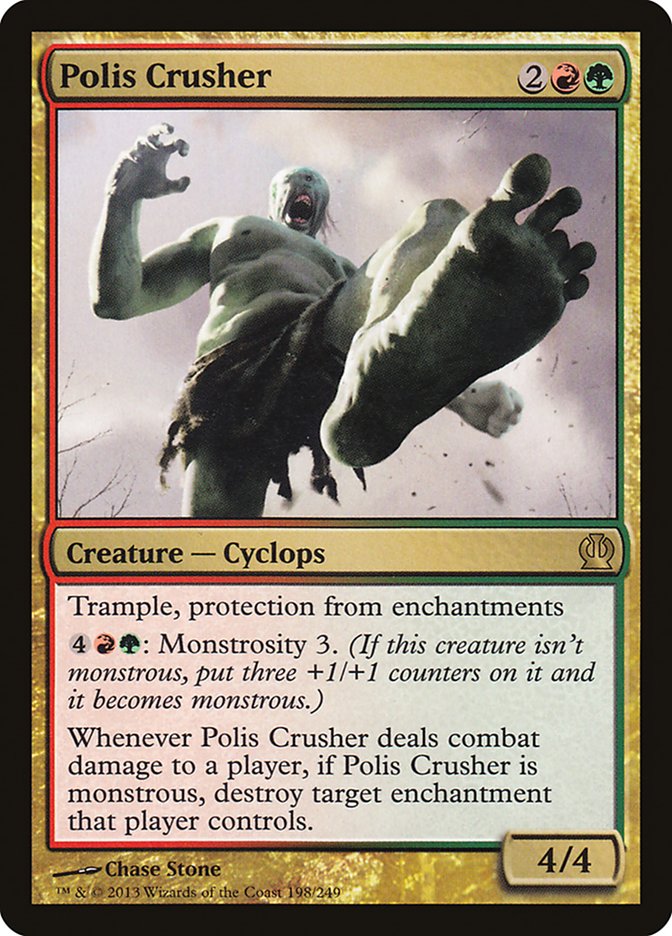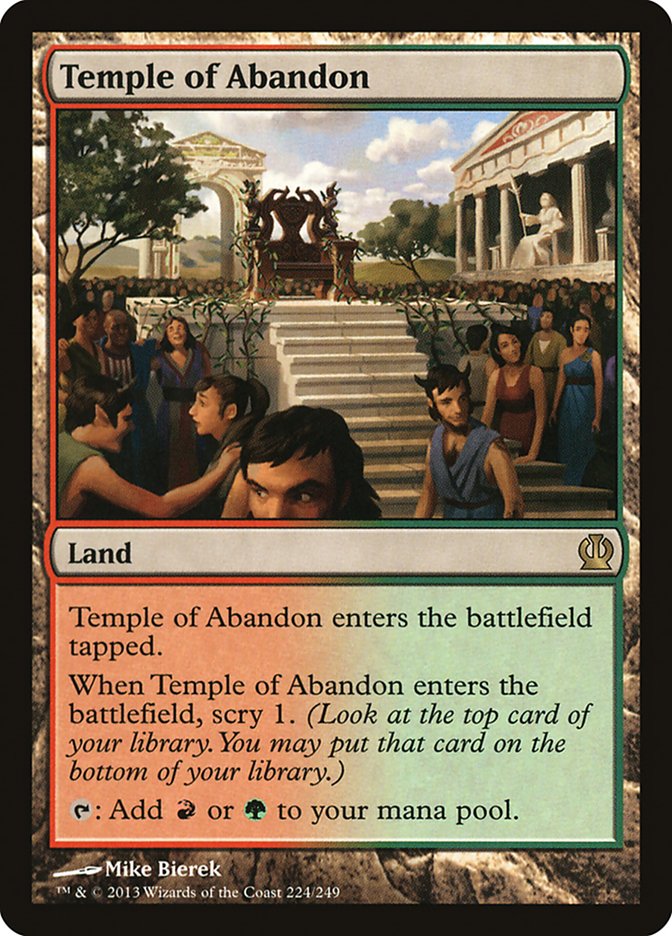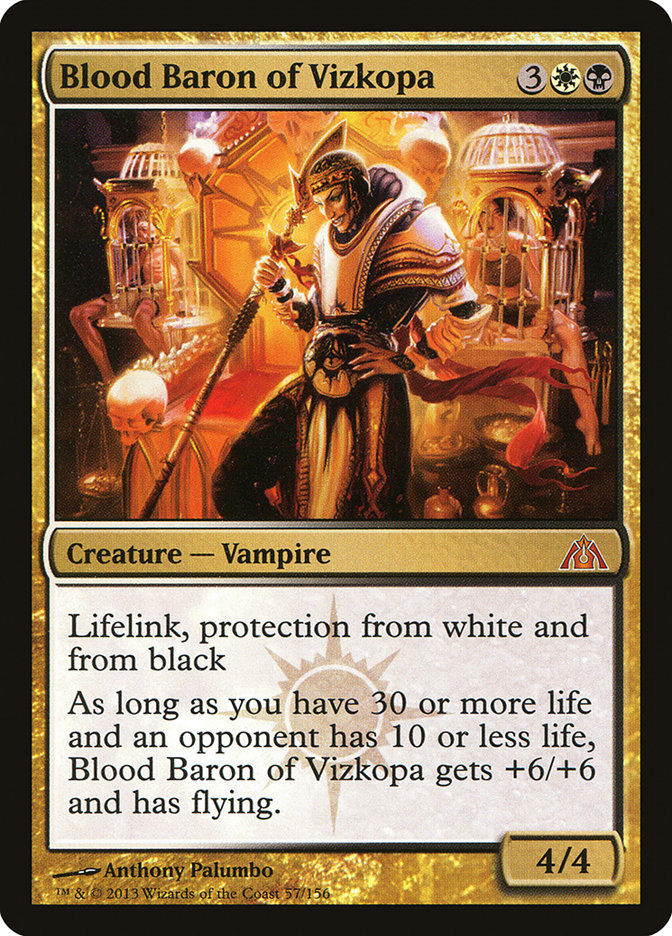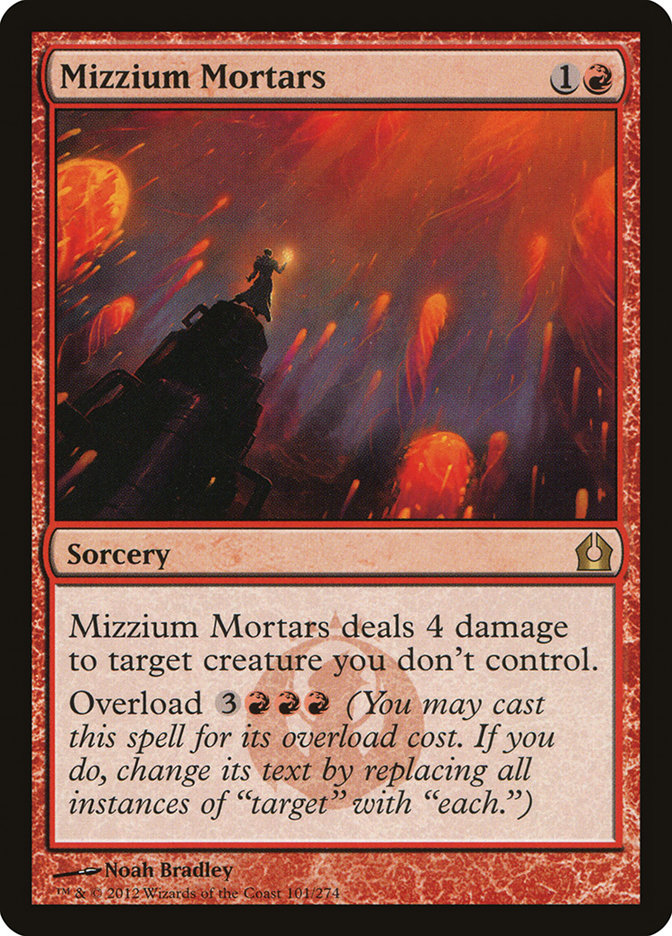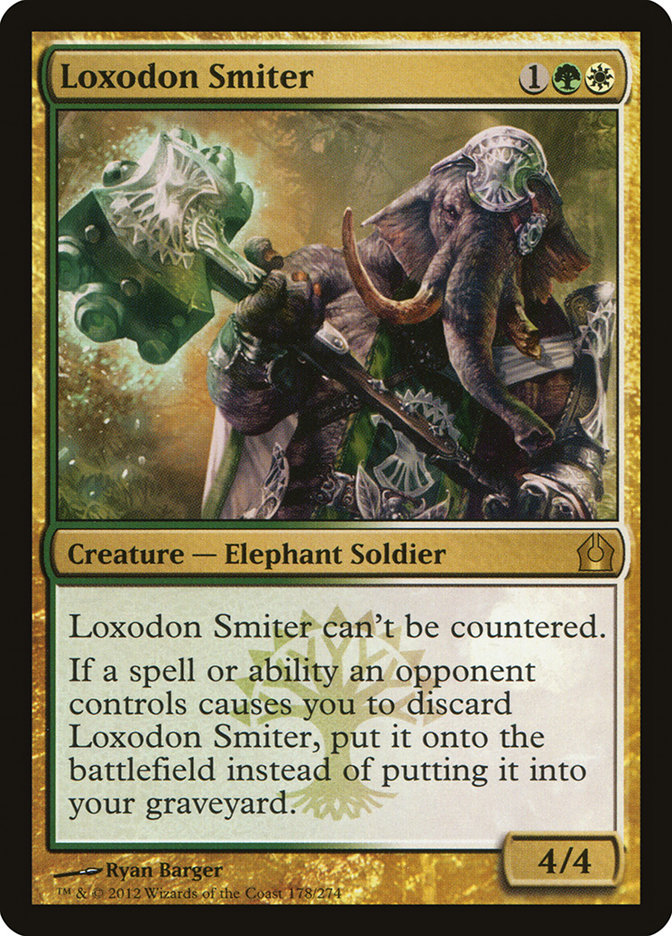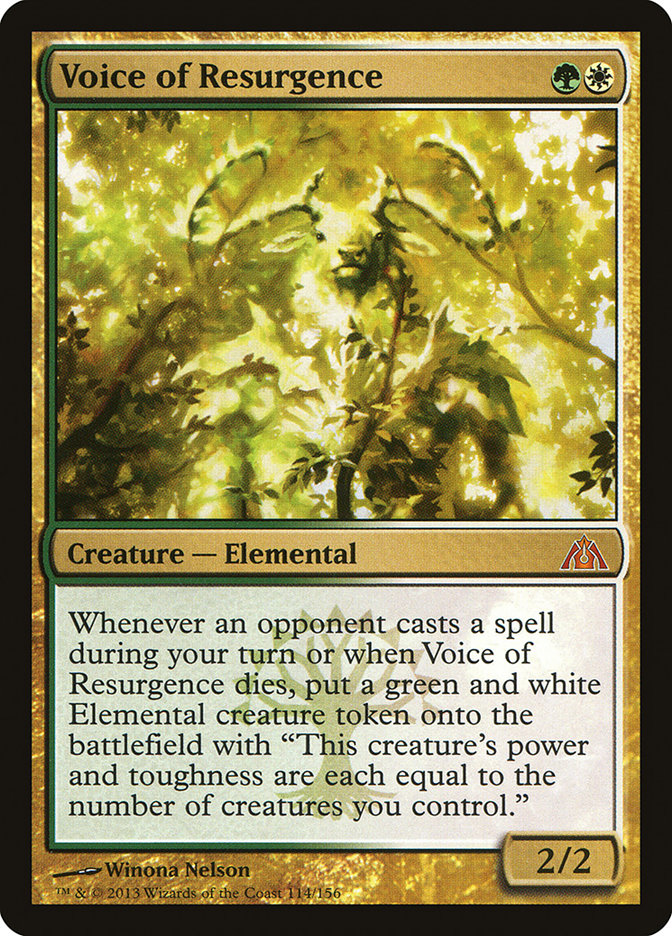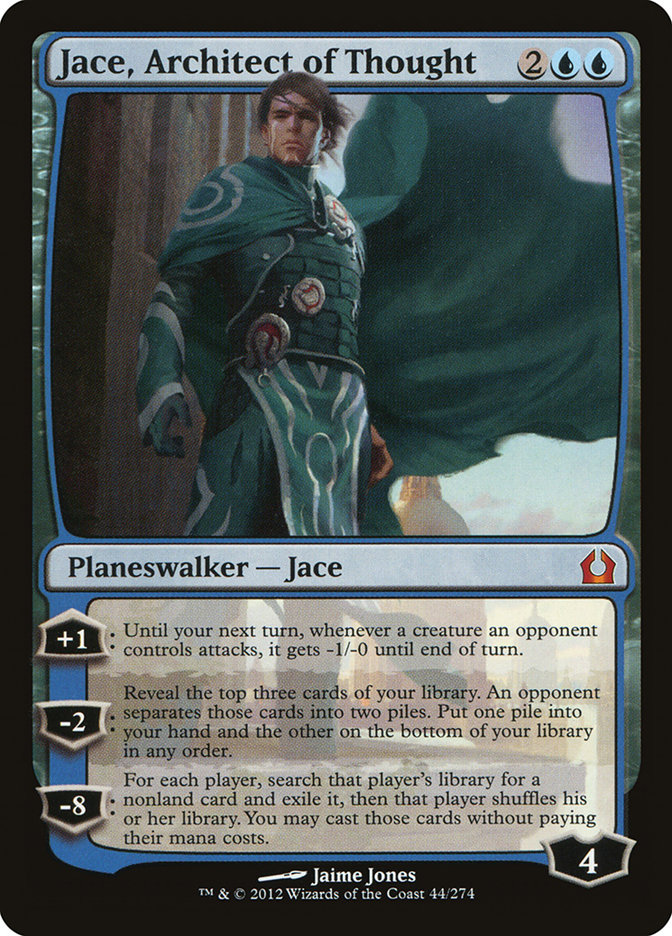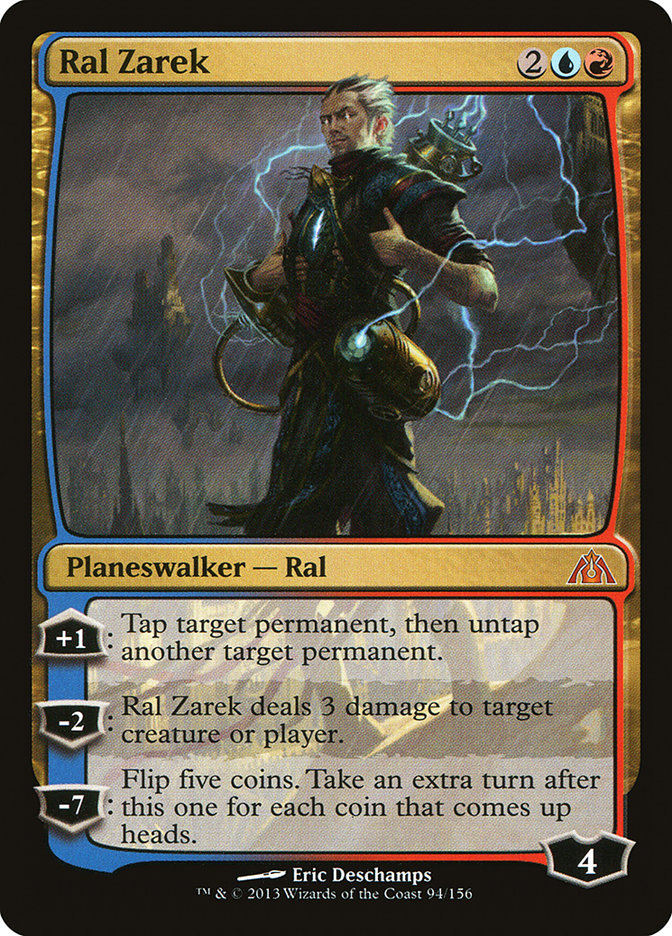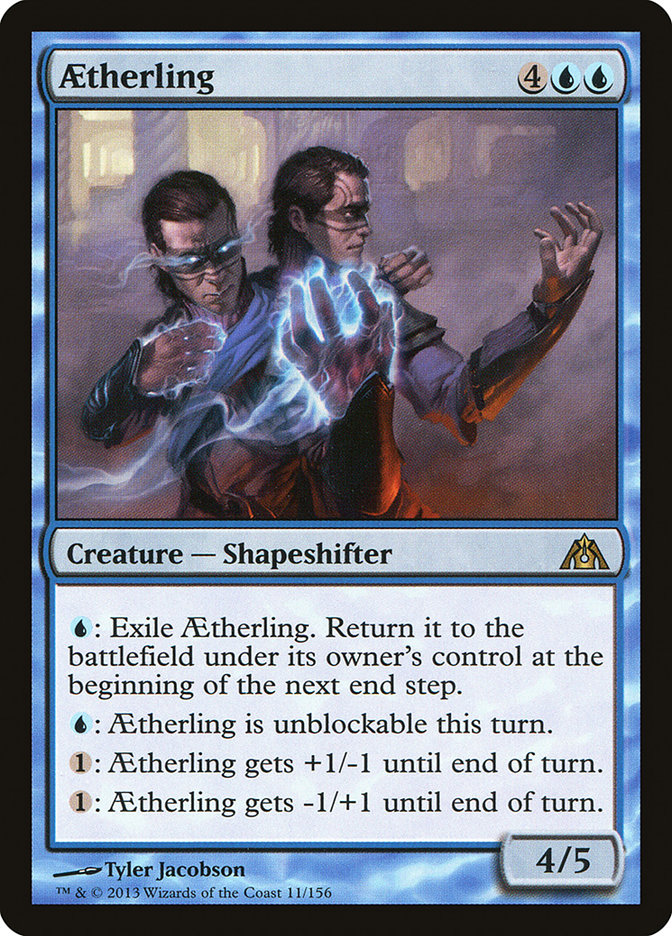The Theros spoiler is finally complete. Although we’re going to be losing some of the Innistrad block cards we’ve come to know and love, it looks like Theros will supply us with some powerful format-defining cards. At a time like this, there’s really only one thing to do:
Start working on new deck ideas!
The Future
To kick things off, I want to take a look at a four-drop that hasn’t been getting that much attention:
R/G has a lot going for it in this set, and Polis Crusher is no exception. Although it has some stiff competition at the four slot in Ghor-Clan Rampager; Polukranos, World Eater; and Ogre Battledriver, I expect it to see a good amount of play. For starters, not being legendary is an easily overlooked benefit. Sometimes you’re just going to want to jam as many fatties on the board as you can, and Polis Crusher lets you do just that. Trample is also nothing to scoff at since making sure tiny creatures can’t impede the beatdown is quite important
Probably the most interesting part about this Cyclops is "protection from enchantments." Usually that might not mean much, but as we know Theros is all about enchantments. Not only is it immune to any kind of negative Aura, but the new enchantment creatures won’t be able to get in its way either. This includes not only any creature with the bestow mechanic but all of the God cards. That is a lot of utility strapped onto an efficient body.
Finally, take a look at Polis Crusher’s monstrosity ability. Sure, with Polukranos you get a flashy ability that can potentially wipe your opponent’s board. It is, however, very expensive, and although it grants you a giant monster, it’s still very chumpable. With Polis Crusher, for the reasonable cost of six mana, you get to turn your already reliable trampler into a 7/7! Pretty much nothing is getting in the way of such a monster without leaving a sizable dent in your opponent’s life total. The fact that Polis Crusher can even blow up your opponent’s enchantments after going big is icing on an already lavish cake.
So where is the best place to try to utilize Polis Crusher? Obviously getting it into play on turn 3 is ideal, so we’re going to want some acceleration. We want to be able to reliably hit six mana to use its monstrosity ability, so having extra mana sources works on both ends of the spectrum. Because of this, I think the best place to start is in a mini-ramp, midrange creature-style deck:
Creatures (34)
- 3 Scavenging Ooze
- 2 Ghor-Clan Rampager
- 2 Savageborn Hydra
- 2 Zhur-Taa Druid
- 4 Elvish Mystic
- 4 Kalonian Tusker
- 2 Kalonian Hydra
- 1 Satyr Hedonist
- 2 Polukranos, World Eater
- 4 Polis Crusher
- 4 Sylvan Caryatid
- 4 Stormbreath Dragon
Planeswalkers (4)
Lands (23)

This list may seem a little clunky and has 61 cards, but it provides a strong starting point. Even though it’s a rough draft, it shows off some of the potential a G/R Midrange strategy has post-rotation. The entirety of the ramp in this deck comes in the form of creatures, so Domri Rade is at its absolute best. The high-end threats we are using have great mana sinks in the form of monstrosity or the pump on Savageborn Hydra to help avoid flooding. Speaking of which, Savageborn Hydra is a very powerful card that hasn’t really found a home yet. With some of its competition rotating out and the format slowing down, it might just be its time to shine. I know I’ve been dying to bloodrush a Rampager onto it ever since the interaction was spoiled.
For this build, I went all in on the creature and mana acceleration plan and pretty much avoided non-combat interaction altogether. It’s definitely possible that we’re going to want to incorporate either Lightning Strike or Mizzium Mortars into the deck based on how the metagame shapes up. Another card that may deserve a place, at least in the sideboard, is to be Ruric Thar, the Unbowed. With Domri as your only noncreature spell, Ruric Thar is going to pose a pretty big problem for any control mage.
When it comes to the mana base, thankfully we have access to Temple of Abandon so we don’t need to rely on using Guildgates. Although the scry may not seem huge, it is especially beneficial when playing with Domri Rade to make sure we hit as often as possible.
The first thing that might jump out at you when you look at this list is the absence of R/G’s newest planeswalker, Xenagos, the Reveler. It may seem like the perfect deck for our Satyr friend, but I’m not sold. We definitely have a lot of creatures, which is ideal for Xenagos, and we definitely need some ramp. However, since we’re trying to jam game-ending threats that cost four or five mana, it is better to just play efficient creatures in this build. In a deck like this, we’re not even set up to take full advantage of what Xenagos has to offer. Sure, powering out monstrosity is nice, but if I’m using Xenagos, I want to go bigger. If your opponent isn’t quivering in fear at the thought of you untapping with Xenagos in play, you’re doing something wrong.
Creatures (27)
- 2 Axebane Guardian
- 4 Worldspine Wurm
- 4 Borborygmos Enraged
- 3 Zhur-Taa Druid
- 4 Elvish Mystic
- 4 Manaweft Sliver
- 2 Karametra's Acolyte
- 4 Sylvan Caryatid
Planeswalkers (8)
Lands (24)
Spells (2)

Now that’s what I’m talking about! On a scale of one to brew, this deck comes in at roughly a brew and a half. The basic idea is simple enough: ramp like a madman into irrevocably game-ending threats. Here’s a quick breakdown of why a strategy like this might now be viable.
Early Ramp
Elvish Mystic, Sylvan Caryatid, Zhur-Taa Druid, and Manaweft Sliver all cover your early-game ramp. Pretty much any viable opening hand with this deck needs to have at least one of these cards. It’s a shame we’re going to lose both Avacyn’s Pilgrim and Arbor Elf with the rotation, but the new mana creatures can still get the job done. Axebane Guardian, especially when paired with Sylvan Caryatid, acts as a bridge between our early and late ramp.
Big Ramp
We’re looking for Xenagos and Karametra’s Acolyte to do some heavy lifting when it comes to producing massive amounts of mana. All of our permanents have some amount of green in their casting cost, so it shouldn’t be hard to get a lot of mana out of the Acolyte. As for Xenagos, all of our other ramp pieces are creatures! The change from Farseek to Sylvan Caryatid is going to hurt certain strategies, but any deck looking to maximize Xenagos’ +1 ability will be happy to have the 0/3 as part of the team. For this deck to function properly, we ideally want one of these two "big ramp" spells in play on turn 3.
The Beef
Borborygmos Enraged and Worldspine Wurm have the honor of being the biggest baddies currently available for red or green mana. Getting either of these into play way ahead of schedule should spell big trouble for any opponent. For now I want to try out a single Savage Summoning to make sure we can force these guys into play. Garruk serves dual roles in this deck. On one hand, it can act as a ramp spell and power out the Wurm or Borborygmos by using the -3 ability. Don’t have either of the boom-booms handy? Simply +1 and Garruk will tear through your deck to find them all while scooping up mana creatures and threatening ultimate. As for Clan Defiance, I figure with so much mana laying around it won’t be too unreasonable to dome our opponent for the win or pick up a two-for-one and buy some time.
The Past
So far we’ve taken a good look at two possible routes for G/R decks post-rotation. Both of those decks take advantage of some of the sweet new options we’re going to have available to us. Getting wrapped up in the new is fun, but it is important to remember the old as well.
Although all the cards from Return to Ravnica block have been Standard-legal for a while now, not all of them have seen their heyday. With a good portion of the current card pool departing, it’s time for some of RTR’s lesser-known stars to rise up.
At this point instead of dishing out more speculative decklists, I’d like to touch upon a few Return to Ravnica block cards poised to have a big impact on Standard.
Although Blood Baron is a very powerful Magic card, it hasn’t seen an overwhelming amount of play in Standard. It has mainly been used as something of a silver bullet in sideboards against certain strategies. At Pro Tour Dragon’s Maze, however, many of the successful Esper lists featured Blood Baron. With Thragtusk finally leaving, look for this Vampire to act as both a brick wall against aggressive strategies and a hard-to-answer threat against control decks.
If a card like Blood Baron is going to be on the rise, Mortars won’t be far behind it. Although Mortars has definitely seen its fair share of play in Standard so far, it should become the main go-to for red removal. With Bonfire of the Damned rotating, there’s not going to be much else available to sweep your opponent’s board, assuming you don’t want your own creatures taking the hit from Anger of the Gods.
An aggressive W/G deck won the Return to Ravnica Block Constructed Pro Tour. It is a very safe bet that a similar strategy will exist is post-Theros Standard, and these two beaters are going to be at the forefront.
Jace was the main card-drawing engine that made Block control strategies tick. You need something to bridge the gap to Sphinx’s Revelation. I’d be shocked if Jace didn’t become a format-defining mainstay in the months following Theros’ release. As for Ral, he’s been something of a disappointment since he’s been around. With a support cast of Anger of the Gods and Steam Augury, it might be his time to come out of hiding.
Let’s end things on a big note. Aetherling has seen a reasonable amount of Standard play as some control decks’ finisher of choice. However, due to the speed of the format and Nephalia Drownyard being so inevitable, a lot of the time Aetherling has not been the best option. In Block, though, this was not the case. Take control mirrors for example. It didn’t really matter what happened at any stage of the game. As soon as one player managed to get an Aetherling into play with mana to blink it, the game was pretty much over. It didn’t matter if one player had Sphinxed three times already to the other’s zero—a resolved Aetherling spelled game over. It was so dominant that some players even sideboarded Debtor’s Pulpit just to answer the card. Look for Aetherling to be one of if not the most powerful finish in the post-Theros Standard world.
These are just a few of the "old" cards that are positioned to get a bit of a revival in a few weeks. As for me, I can’t wait to hit up a few Prereleases this weekend and get my hands on some new cards. Let me know what cards you think will shape Standard’s future and if there are any other hidden gems hiding out in the past!

